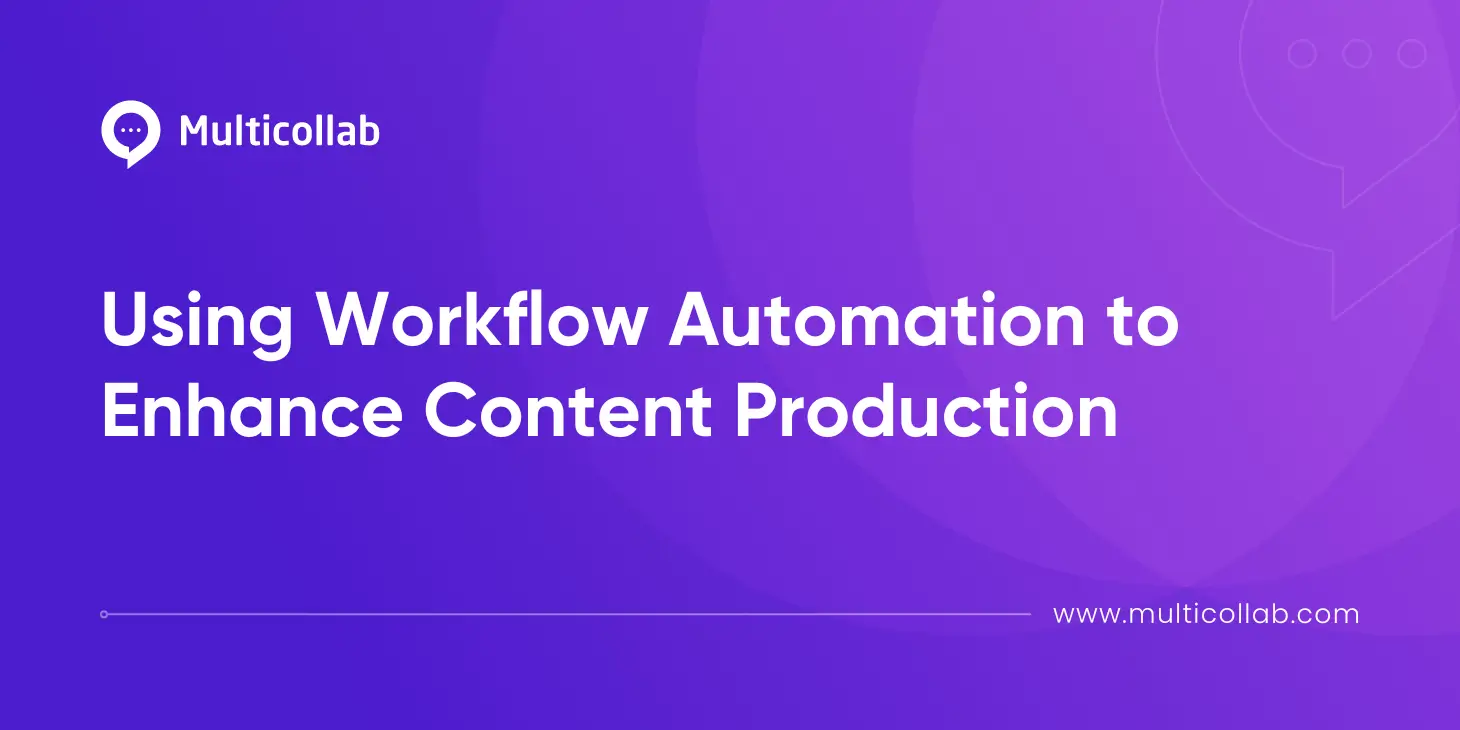Table of Contents
In the ever-evolving landscape of the web, content management forms the backbone of digital presence. A key player in this space, the WordPress Gutenberg Project, has been instrumental in revolutionizing the process of content creation and management. With its block-based editor and seamless interface, Gutenberg has radically improved the way WordPress users create and modify their web content.
Originating as an integral part of WordPress versions 5.0 and above, Gutenberg introduced an intuitive, modular approach to content management. It enabled users to freely customize individual content blocks on posts or pages, adjust widgets with ease, and even tailor their site headers, footers, and navigation through comprehensive site editing support.
In this article, let’s take a closer look at the Gutenberg Project and take an in-depth look at the upcoming update — Gutenberg Phase 3 — to evaluate its potential impact on your WordPress content creation workflow.
A Brief History of the Gutenberg Project
The Gutenberg Project is an innovative initiative with the primary objective of enhancing the WordPress user experience. Envisioned in four progressive phases, this project seeks to transform how teams using WordPress interact with the platform, from creating and editing posts to fully customizing their sites.
Phase 1: Streamlining Content Creation with the Block Editor
The journey began in late 2018 with the conclusion of Gutenberg’s first phase, corresponding with the launch of WordPress 5.0 and the Gutenberg block editor. This phase aimed to simplify the process of creating and editing WordPress posts and pages by offering a WYSIWYG (What You See Is What You Get) experience.
The block editor facilitated the addition of dynamic elements like galleries or buttons into posts and pages through easy-to-use content blocks, replacing the need for complex coding. This advancement led to the retirement of the classic WordPress editor in June 2020.
Phase 2: Unleashing Full-Site Editing Capabilities
The second phase, completed in 2022, took the Gutenberg Project a step further by introducing full-site editing through content blocks.
This phase saw the development of a block directory, WordPress themes that recognize blocks, and navigation blocks for creating menus. It granted WordPress users greater control over their website customization, significantly reducing the reliance on coding skills.
Phase 3: Multi-Author Collaboration: The Future of Content Creation
Moving into 2023, the third phase of the Gutenberg Project is poised to revolutionize the content creation process in WordPress.
Termed the ‘Multi-Author Collaboration’ phase, it aims to facilitate simultaneous editing by multiple users on a single WordPress site, much like the coediting features found in Google Docs. This critical update, a highlight of the Gutenberg Phase 3 editor, sets the stage for a more interactive and dynamic content creation process, which we will explore further in this article.
Phase 4: The Dawn of Multilingual Website Support
The fourth and final phase of the Gutenberg Project will bring multilingual support to the core of WordPress and the Gutenberg editor. This phase will eliminate the need for translation plugins, making WordPress sites more accessible to foreign language speakers and truly global.
With the current Gutenberg updates, WordPress is proving its dedication to enhancing user experience and simplifying content management, thus justifying its position as a leading CMS globally.
Unpacking Gutenberg Phase 3
As we venture into the Gutenberg Phase 3 era, WordPress is set to provide an immersive, real-time collaboration experience. This update introduces features akin to popular document collaboration tools such as Google Docs, significantly enhancing the capabilities of the Gutenberg Editor.
One of the standout features of Gutenberg Phase 3 is collaborative editing, allowing content teams to work on the same content simultaneously. No more waiting for one team member to finish before the next can start.
This feature aims to streamline your WordPress editorial workflow, saving time and resources while also ensuring a consistent tone and style.
Alongside collaborative editing, Gutenberg Phase 3 is introducing inline commenting. This feature allows team members to add comments directly on the content within the Gutenberg Editor. It offers a space for feedback, discussions, and suggestions, effectively making the review process more efficient.
It’s an excellent tool for content writers, editors, and reviewers who want to leave specific notes or clarify content without disrupting the main body of work.
Additionally, Gutenberg Phase 3 also includes a tagging feature. It enables team members to tag each other in comments, thereby directly addressing feedback and making it easier to track edits or responses.
This is a boon for all phases of content creation, from writing to editing and reviewing, keeping everyone involved in the loop and ensuring that no feedback goes unnoticed.
The introduction of these features will revolutionize the Gutenberg Editor, making it more interactive and comprehensive.
By facilitating faster review cycles, reducing the number of tools in your tech stack, and allowing feedback on all types of content, Gutenberg Phase 3 not only streamlines the content creation process but also adds an extra layer of data security.
But, what does this mean for your WordPress content production process?
The Impact of Gutenberg Phase 3 on WordPress Content Creation
The Gutenberg Phase 3 update will enhance your existing workflow to bring you these four principal benefits:
1. Faster and More Efficient Review Cycles
With the advent of Gutenberg Phase 3, the dynamics of WordPress content creation and review cycles are set to undergo a radical transformation.
Earlier, the workflow was essentially a step-by-step process, where the content writer would first draft the entire piece, and only then would an editor step in to review and suggest changes. This sequential approach, although methodical, often stretched the duration of the content production process.
However, with the introduction of Gutenberg Phase 3’s real-time collaboration, multiple team members can simultaneously work on a piece of content.
For instance, while a content writer is finalizing the last section of a blog post, an editor can simultaneously begin reviewing the first sections. This overlap can cut down the review time drastically, leading to faster content creation cycles.
2. Reduced Dependency on Third-Party Document Editing Tools
Before Gutenberg Phase 3, content teams often relied on third-party document editing tools like Google Docs for the creation and review of WordPress content.
This would involve writing content in Google Docs, sharing it with the team for comments, making edits based on feedback, and then moving the content to WordPress for final formatting and publishing.
With Gutenberg Phase 3, the entire content creation workflow, from drafting to reviewing and editing, can be conducted within WordPress itself.
Not only does this eliminate the need for third-party tools, but it also reduces the chances of formatting issues that might arise when moving content between different platforms.
3. Secured Organizational Data
Previously, when content teams used third-party tools for collaboration, they risked exposing sensitive organizational data whenever they gave unrestricted access to external teams to gather their reviews.
With Gutenberg Phase 3, all collaboration happens within WordPress, mitigating these risks. The in-editor comments and collaborative editing mean there’s no need to export documents or grant external access to your organizational files, helping to maintain data security.
4. Transformation of the Gutenberg Editor
The arrival of Gutenberg Phase 3 is transforming the Gutenberg Editor from a simple blog editor to a comprehensive collaborative workspace. It moves beyond just text editing to allow team members to interact with each other directly within the WordPress interface.
In the past, the Gutenberg Editor was a place to draft, edit, and format blog posts. With Gutenberg Phase 3, it becomes a hub for real-time collaboration, where teams can co-edit posts, leave comments, tag each other, and work together more seamlessly than ever before.
Enable Gutenberg Phase 3 for Your Team Today
Multicollab, a WordPress collaboration plugin, is here to bring the advanced functionalities of Gutenberg Phase 3 right into your WordPress platform. Multicollab reinvents your WordPress content creation process by bringing you these functionalities of Gutenberg Phase 3 instantly:
Synchronized Co-editing: Multicollab introduces a level of collaboration that was previously reserved for platforms like Google Docs. Now, you and your team can edit posts and pages on WordPress simultaneously in real-time, ensuring a smooth and efficient workflow.

In-Editor Feedback on Dynamic Content: Multicollab redefines the traditional review process by allowing team members to comment directly on diverse forms of content like multimedia, right inside the WordPress editor. This reduces the hassle of switching between different platforms and speeds up the review process, making it more streamlined and efficient.

Efficient Tool Stack: By integrating collaboration directly into WordPress, Multicollab helps you keep your tech stack lean and efficient. This translates to time saved and less hassle for your team as you avoid the back-and-forth of traditional workflows.
Data Security: With Multicollab, your team can share feedback and suggestions without having to give complete access to your internal data. This is made possible as all content review happens directly within the WordPress editor, keeping your organizational data safe.
Ready to experience the next level of WordPress collaboration? Begin your journey towards efficient and secure real-time co-editing in WordPress by installing Multicollab today.
FAQs:
Gutenberg Phase 3 is a part of the Gutenberg project that brings real-time, multi-author collaboration into the WordPress editor, similar to the Google Docs experience.
Gutenberg Phase 3 streamlines your content creation process by allowing simultaneous editing and in-editor feedback, reducing dependency on third-party tools, and speeding up review cycles.
Yes. By keeping all content and feedback within the WordPress editor, Gutenberg Phase 3 helps secure your data without the need for external access to other tools.
You can enable Gutenberg Phase 3 functionalities using a WordPress collaboration plugin like Multicollab that offers real-time co-editing, in-editor feedback, and more.









